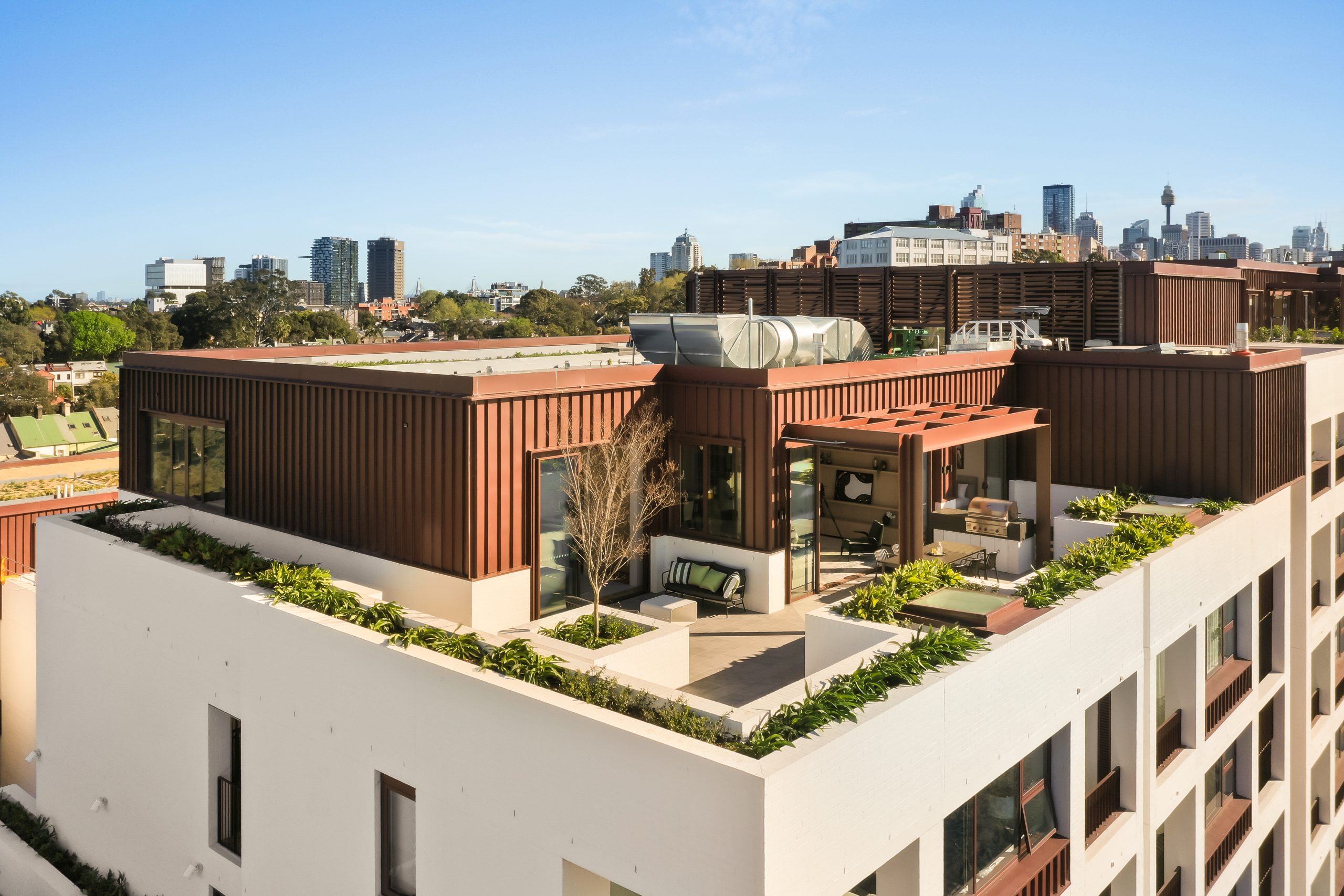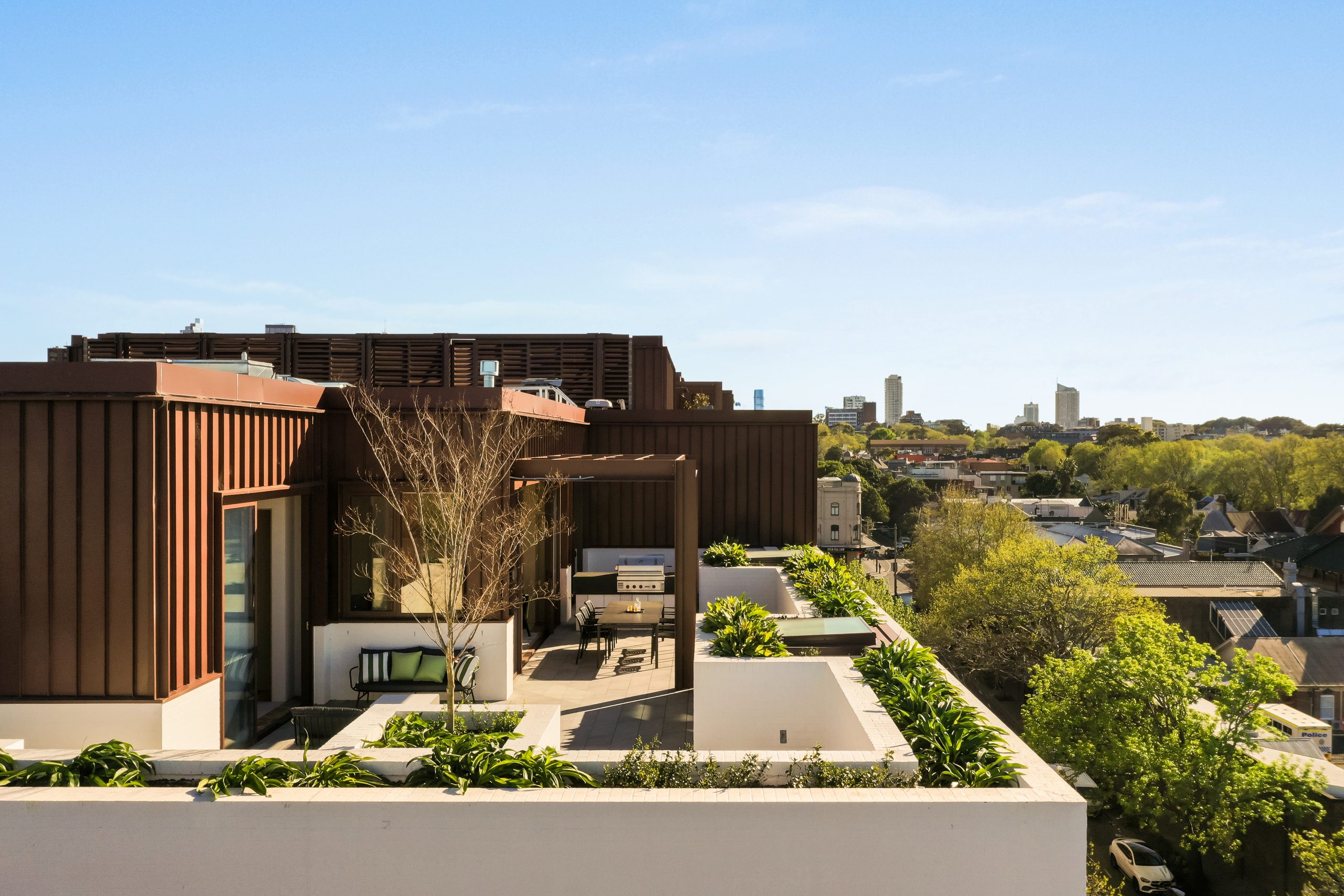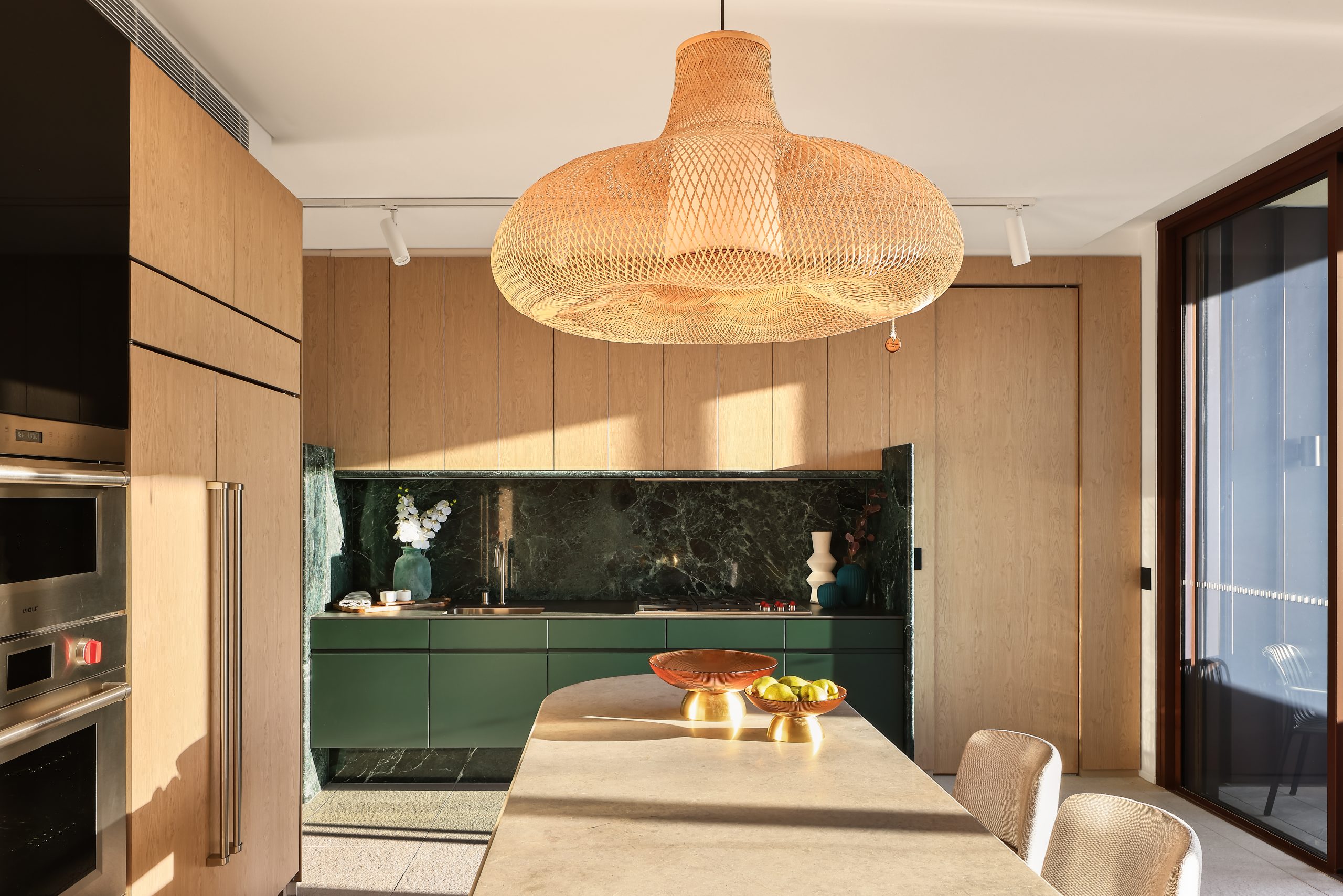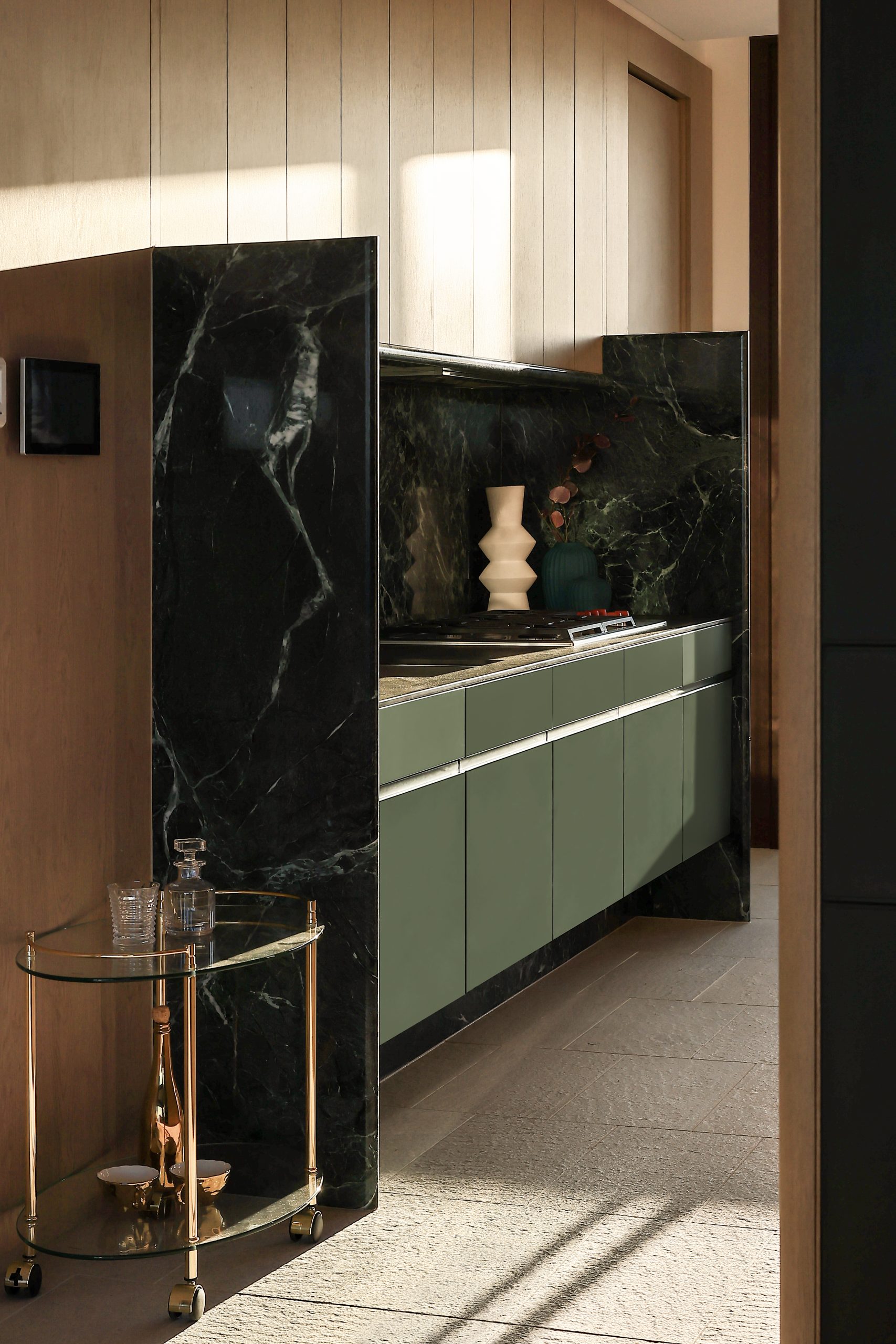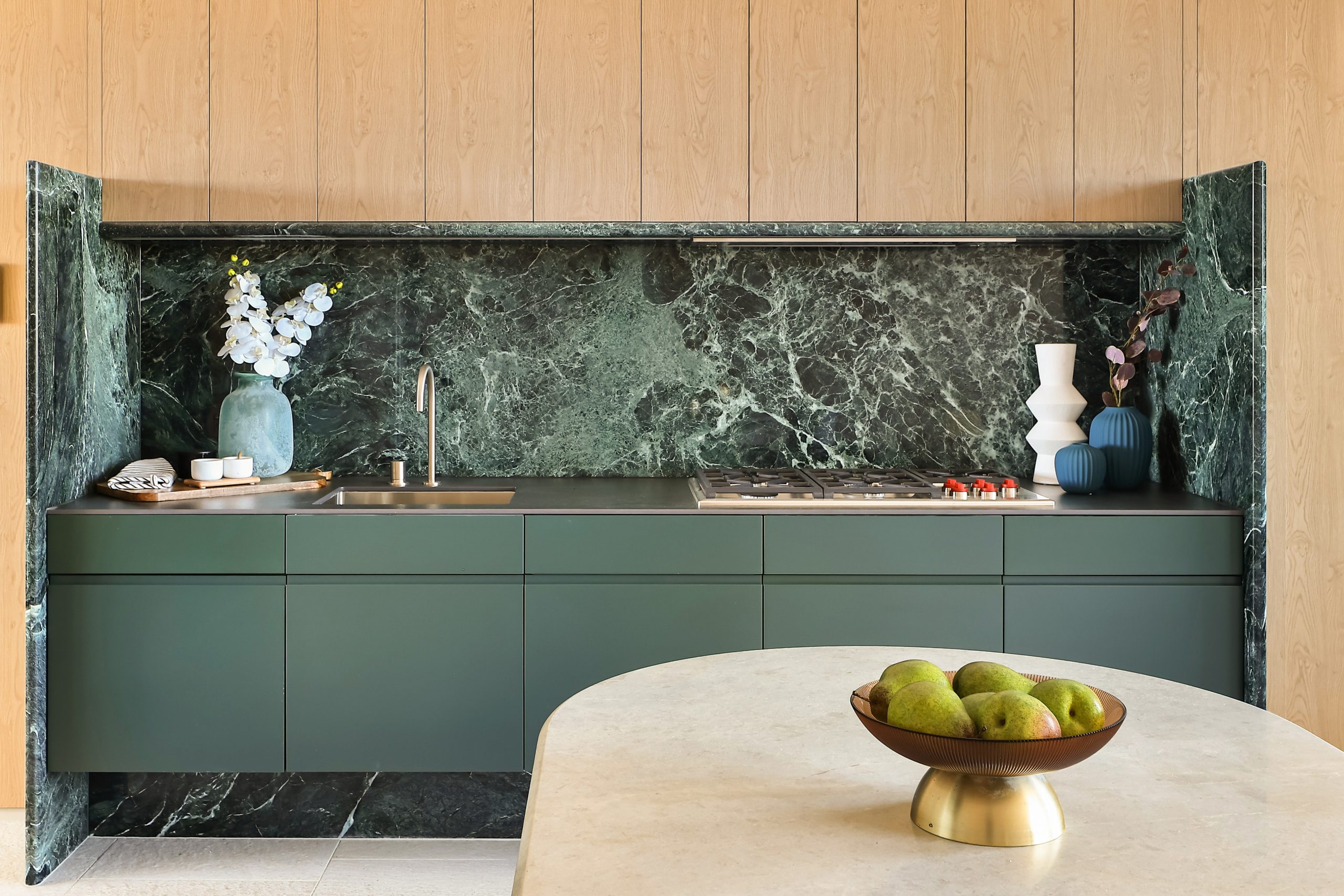The ‘single biggest factor’ driving the rise in first homebuyer activity for Australians
The number of loans issued to first home buyers has risen by 20 percent over the past 12 months
The number of new loans being issued to the most budget-conscious cohort of buyers in the property market – first-time purchasers – has increased by 20 percent over the past 12 months, according to new data from the Australian Bureau of Statistics (ABS). Almost 10,400 new loans were written for first home buyers in November, 31 percent of them in Victoria, 23 percent in New South Wales and 19 percent in Queensland.
Despite the common affordability challenges faced by younger Australians, lending to first homebuyers is currently tracking at 29.4 percent of all new owner-occupier finance, which is above the 10-year average of 24.3percent. The value of all owner-occupier loans rose by 0.5 percent in November to $17.86 billion, up 10.6 percent over the past 12 months. The value of investor loans rose by 1.9 percent to $9.72 billion, which is 18 percent higher than a year ago. But the boost to first homebuyer finance is much bigger, up 2.8 percent in November to $5.25 billion, but more significantly, it’s up 25.8 percent compared to a year ago.
The ABS points out that a large component of November’s increase in first home buyer finance was due to a surge in Queensland. This coincides with a doubling of the state’s First Home Owner Grant to $30,000 for eligible first home buyers purchasing or building a new home. The grant is the equal highest state grant available to young buyers and triple the size of grants available in New South Wales and Victoria.
There are two key factors underpinning rising first home buyer activity, despite today’s high interest rates. The first and most significant is the growing impact of the Bank of Mum and Dad, with parents typically getting involved at the start of the process. They are either gifting cash to help fund the deposit, offering rent-free accommodation to their children throughout their 20s so they can save a deposit themselves, or going guarantor on their loans.
Research published last year by the Australian Housing and Urban Research Institute (AHURI) found parental help has “become one of the key enablers of the transition into home ownership”. According to AHURI’s findings: “Parental transfers, both direct and in-kind, are increasingly assisting individuals make a more rapid transition into home ownership. Analysis identified that in-kind transfers in the form of co-residence with parents (and not renting) lifts the likelihood of transitioning into home ownership by 40 percent.”
AHURI says first homebuyers’ ability to save a deposit using their earnings alone had diminished over time as property values – and thus the required deposit amounts – have risen. According to PEXA data, buyers in NSW needed a median deposit of just below $120,000 to buy a home in FY23, up 3.9 percent on FY22. In Victoria, the median deposit was $84,723, down 0.5 percent, and in Queensland it was $78,143, up 8.5 percent.
AHURI said family support “was found to be the single biggest factor in supporting being able to buy a home”. In Australia’s most expensive market, Sydney, where the median house price is currently $1.4 million and the median apartment value is above $830,000, according to the latest CoreLogic figures, AHURI says family support “was an essential component of being able to buy a home in all cases …”.
The second factor boosting first home buying today is higher uptake of the Federal Government’s expanded Home Guarantee Scheme, which enables eligible buyers to qualify for a loan with just a 5 percent deposit and a government guarantee on the rest, saving them thousands of dollars in mortgage insurance.
Housing Australia says one in three of all first home buyers in FY23 used the scheme, up from one in seven in FY22. This reflects the expansion of the scheme, with more places funded by the Albanese Government and broader eligibility criteria enabling more people to participate.
Higher interest rates have also encouraged more participation, says Housing Australia’s head of research, data and analytics, Hugh Hartigan.
“The broader macroeconomic environment with rapidly rising interest rates has substantially decreased mortgage serviceability with flow-on effects for affordability and this has led to first home buyers relying more heavily (proportionally) on the scheme than in previous years,” Mr Hartigan said.
This stylish family home combines a classic palette and finishes with a flexible floorplan
Just 55 minutes from Sydney, make this your creative getaway located in the majestic Hawkesbury region.
A Sydney site with a questionable past is reborn as a luxe residential environment ideal for indulging in dining out
Long-term Sydney residents always had handful of not-so-glamourous nicknames for the building on the corner of Cleveland and Baptist Streets straddling Redfern and Surry Hills, but after a modern rebirth that’s all changed.
Once known as “Murder Mall” or “Methadone Mall”, the 1960s-built Surry Hills Shopping Centre was a magnet for colourful characters and questionable behaviour. Today, however, a $500 million facelift of the site — alongside a slow and steady gentrification of the two neighbouring suburbs — the prime corner property has been transformed into a luxury apartment complex Surry Hills Village by developer Toga Group.
The crowning feature of the 122-apartment project is the three-bedroom penthouse, fully completed and just released to market with a $7.5 million price guide.
Measuring 211sqm of internal space, with a 136sqm terrace complete with landscaping, the penthouse is the brand new brainchild of Surry Hills local Adam Haddow, director of architecture at award-winning firm SJB.
Victoria Judge, senior associate and co-interior design lead at SJB says Surry Hills Village sets a new residential benchmark for the southern end of Surry Hills.
“The residential offering is well-appointed, confident, luxe and bohemian. Smart enough to know what makes good living, and cool enough to hold its own amongst design-centric Surry Hills.”
Allan Vidor, managing director of Toga Group, adds that the penthouse is the quintessential jewel in the crown of Surry Hills Village.
“Bringing together a distinct design that draws on the beauty and vibrancy of Sydney; grand spaces and the finest finishes across a significant footprint, located only a stone’s throw away from the exciting cultural hub of Crown St and Surry Hills.”
Created to maximise views of the city skyline and parkland, the top floor apartment has a practical layout including a wide private lobby leading to the main living room, a sleek kitchen featuring Pietra Verde marble and a concealed butler’s pantry Sub-Zero Wolf appliances, full-height Aspen elm joinery panels hiding storage throughout, flamed Saville stone flooring, a powder room, and two car spaces with a personal EV.
All three bedrooms have large wardrobes and ensuites with bathrooms fittings such as freestanding baths, artisan penny tiles, emerald marble surfaces and brushed-nickel accents.
Additional features of the entertainer’s home include leather-bound joinery doors opening to a full wet bar with Sub-Zero wine fridge and Sub-Zero Wolf barbecue.
The Surry Hills Village precinct will open in stages until autumn next year and once complete, Wunderlich Lane will be home to a collection of 25 restaurants and bars plus wellness and boutique retail. The EVE Hotel Sydney will open later in 2024, offering guests an immersive experience in the precinct’s art, culture, and culinary offerings.
The Surry Hills Village penthouse on Baptist is now finished and ready to move into with marketing through Toga Group and inquiries to 1800 554 556.
This stylish family home combines a classic palette and finishes with a flexible floorplan
Just 55 minutes from Sydney, make this your creative getaway located in the majestic Hawkesbury region.















